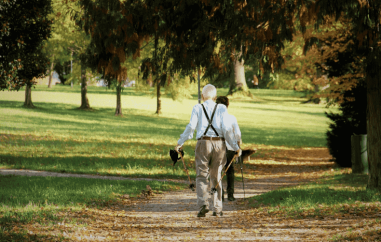Embracing Health and Vitality in the Golden Years
 In a society that often perpetuates stereotypes about aging and physical decline, a fitness revolution is taking place among the elderly. Seniors across the globe are challenging preconceived notions and embracing a proactive approach to health and well-being through senior-focused workouts. This article explores the evolving landscape of elderly fitness, highlighting the importance of breaking stereotypes and promoting a vibrant, active lifestyle for the older generation.
In a society that often perpetuates stereotypes about aging and physical decline, a fitness revolution is taking place among the elderly. Seniors across the globe are challenging preconceived notions and embracing a proactive approach to health and well-being through senior-focused workouts. This article explores the evolving landscape of elderly fitness, highlighting the importance of breaking stereotypes and promoting a vibrant, active lifestyle for the older generation.
Redefining Aging: A New Era for Senior Fitness
Traditionally, aging has been associated with a gradual decline in physical abilities, leading to stereotypes that paint a picture of sedentary lifestyles and diminished vitality among the elderly. However, a paradigm shift is underway as seniors shatter these stereotypes, recognizing the immense benefits of staying physically active well into their golden years.
Fitness experts and healthcare professionals now emphasize the importance of tailored workout programs for seniors. These programs address the unique needs and





